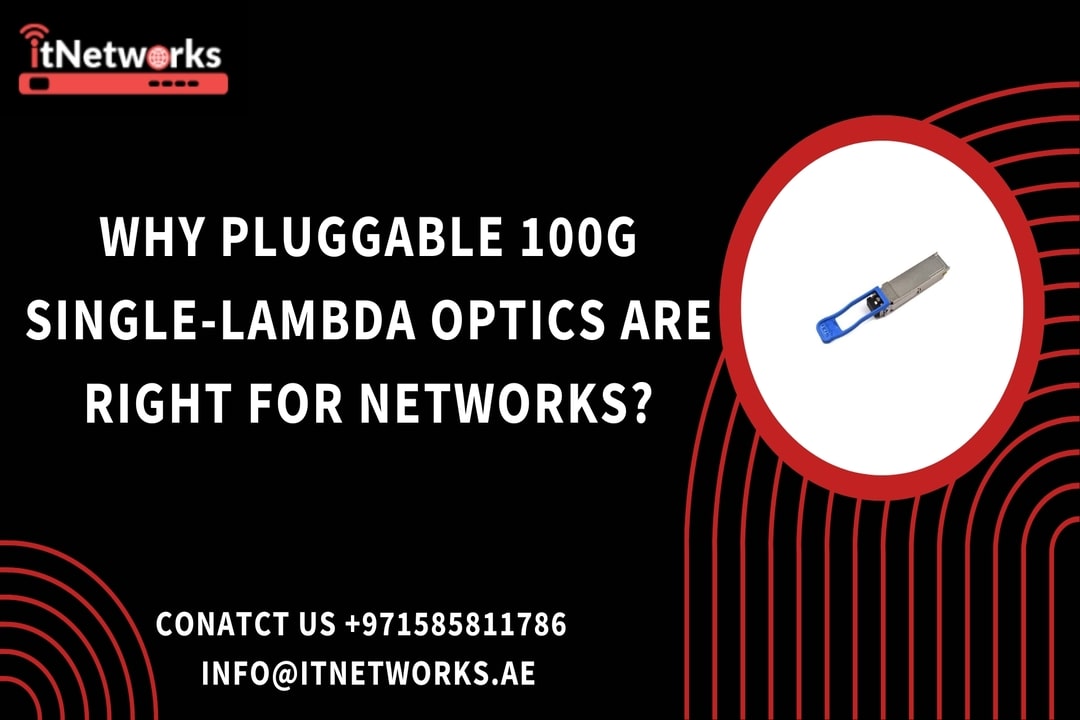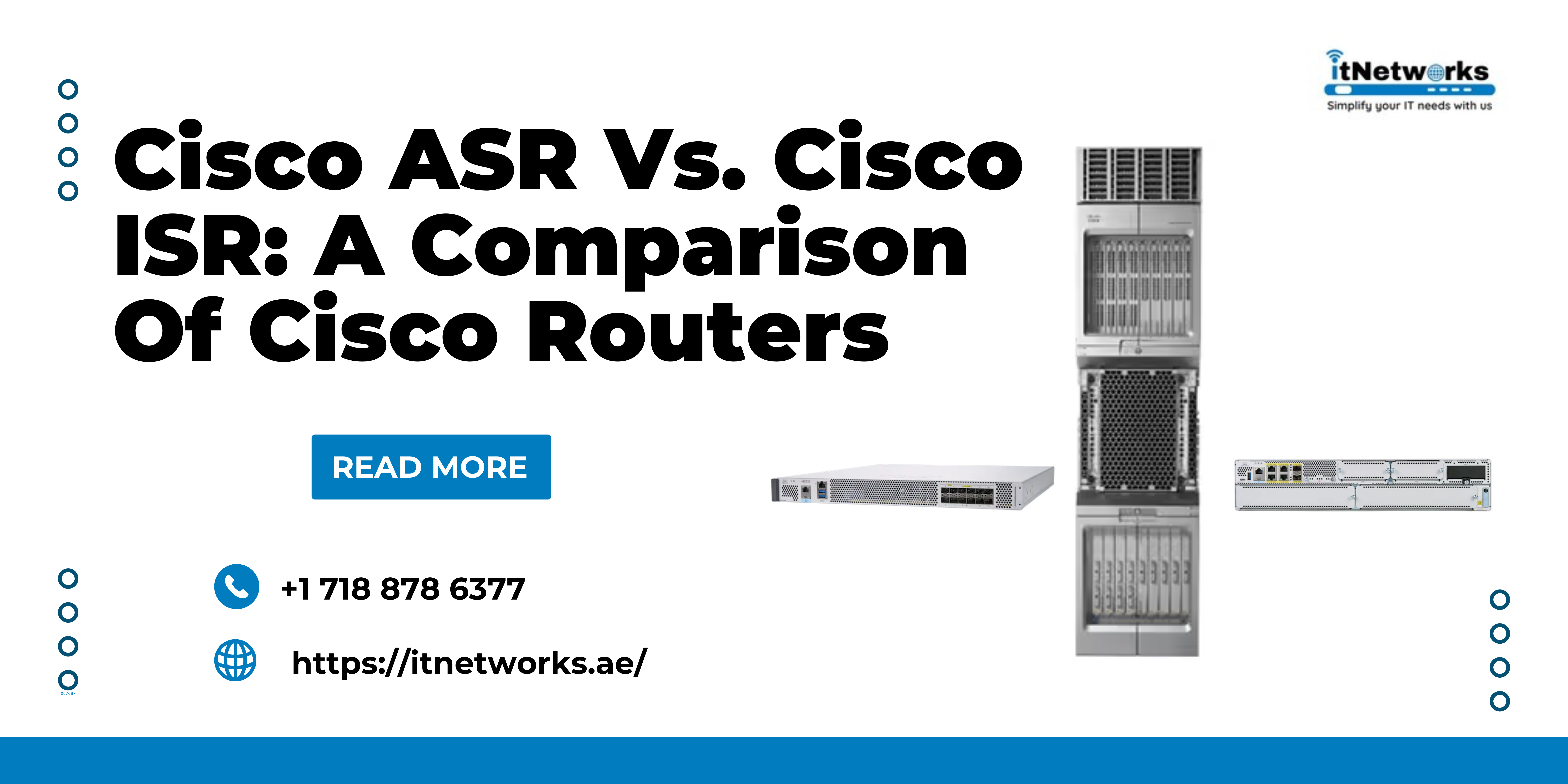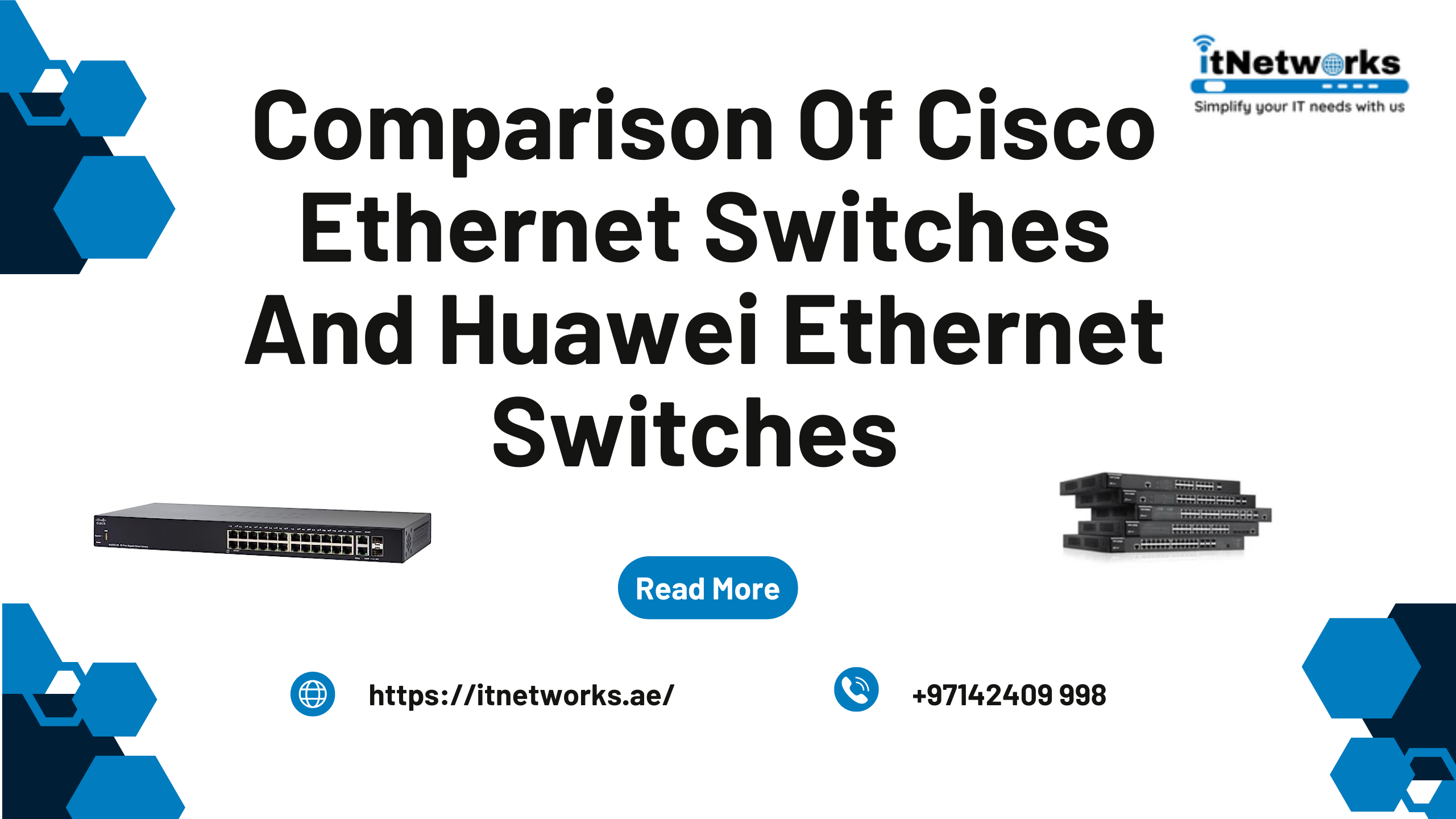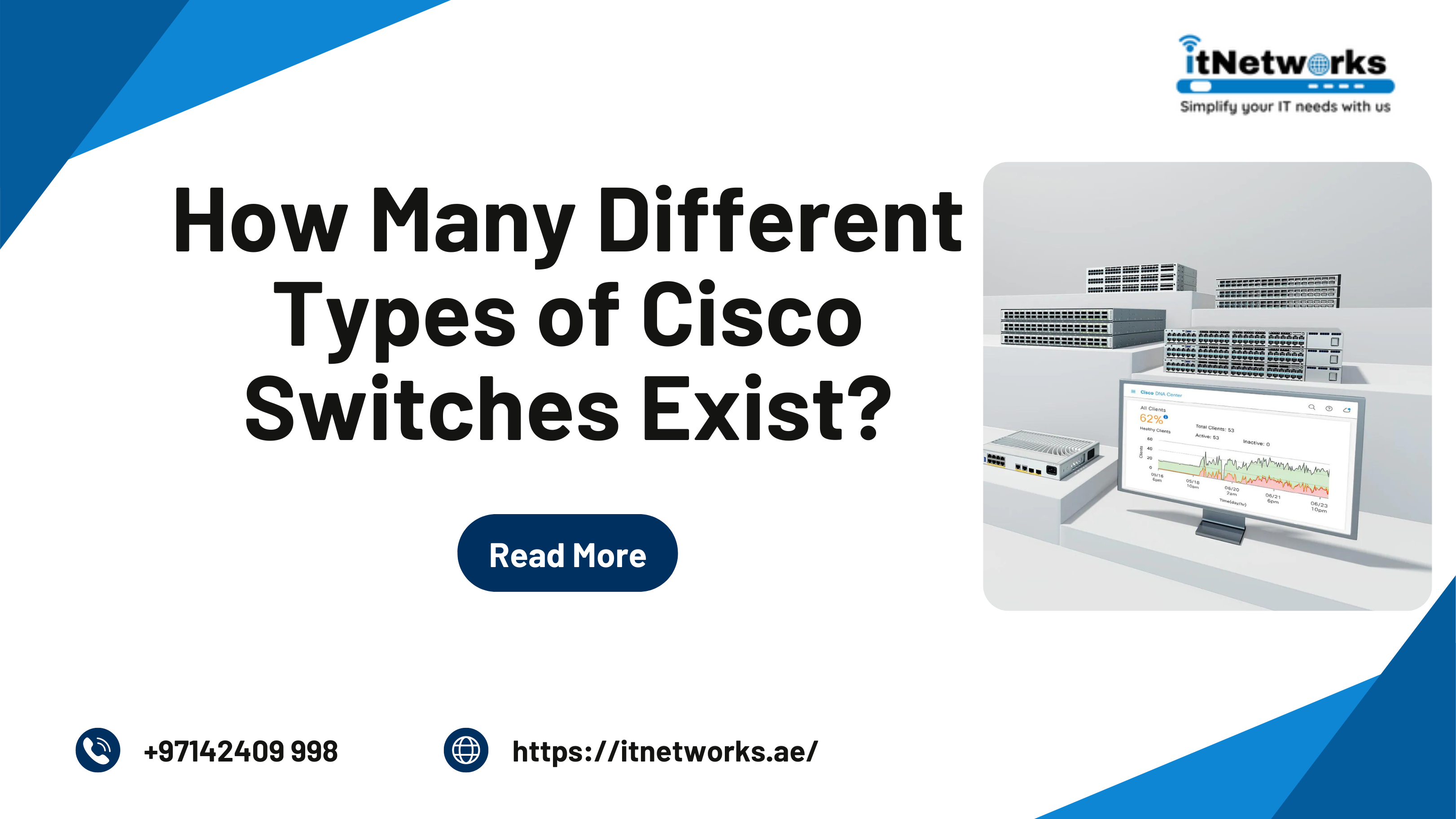Why Pluggable 100g Single-Lambda Optics Are Right For Networks?
While many 100G fiber optics modules are already available in the market, more advanced and high-performance 100G fiber optics are being introduced in the market to reduce the overall cost and obtain higher transmission efficiency. One great example of such a module is the 100G Single-Lambda Optics transceiver module.
In this article, you will learn in-depth about 100G Single-Lambda optics and why this module is better than its counterparts.

What does 100G Single-Lambda mean?
100G Single-Lambda is nothing but an optical specification using PAM4 signaling to transfer 100G data streams through a single laser or wavelength. Here, PAM4 means 4-level Pulse Amplitude Modulation. It was first established and standardized by the 100G Lambda MSA (Multi-Source Agreement) consortium, which focuses on providing a new set of optical interface specifications for 100G and 400G applications.
The specifications given by 100G Lambda-MSA are defined based on the data rate of 100Gbps with an aim to offer a cost-effective solution for high-density multi-terabit switching, routing, and transport networks. With this specification, transceivers use 100G PAM4 signaling at 100G per wavelength. With this, the overall optical complexity and cost have been reduced due to the reduced number of optical transmitters and receivers from 4 to 1.
What is the difference between 100G Single-Lambda Optics and Regular 100G QSFP28?
There are multiple differences between 100G Single-Lambda Optics and Regular 100G QSFP28. Some of the most important ones are mentioned here below:
Simpler Structure:
The 100GBASE-DR, 100GBASE-FR (100G-FR), and 100GBASE-LR (100G-LR), all come under the category of single-lambda 100G optics. All these transceivers receive four 25G electrical signals from the host machine and convert them to PAM4 modulation via a DSP. In other words, the entire 100G data stream can be handled and transmitted by a single laser. Unlike 100G QSFP28 modules, 100G Single-Lambda modules remove the need for WDM or parallel fiber, thereby, reducing the number of optical components needed.
Longer Distance of Transmission:
The 100G QSFP28 DR was designed for a 500-meter transmission distance, while 100G Lambda MSA made it possible to extend the reach of 100G FR up to 2km. This means 100G Single Lambda modules can be used for longer links and infrastructure. With 100GBASE-LR, the MSA has increased the transmission coverage to 10km and can be used for the same applications as the 100G QSFP28 modules.
More Cost-Effective:
The 100G single-lambda not only simplifies the complexity of optical components but also reduces the number of optical components. As a result, with 100G Single-Lambda modules, you can get cheaper 100G links. As per the IEEE, the quality to support 100G per lambda (wavelength) can lower the cost of 100GE optical signals by at least or more than 40 percent with a single optical path. It is because you will switch from using 4 wavelengths to 1 wavelength.
Can 100G Single-Lambda Support 400G?
There is no simple Yes or No answer. As data traffic continues to grow in this digital world, the demand for more cost-effective pluggable optical modules to use in high-speed and high-density applications like 200G and 400G. When you implement 100G Single-Lambda modules, it makes the transition to 200G and 400G much easier. Plus, it reduces the internal complexity of 400G modules, which is good news for the development of 100G Ethernet to high data rates up to 400G. On top of that, the number of fibers needed is also reduced, which ultimately helps in saving more money.
Why are 100G Single-Lambda Optics Modules a Better Choice for Networks?
There are many advantages of using pluggable 100G Single-Lambda optics modules, such as simplified structure, higher cost savings, and longer transmission distance. The QSFP28 100G FR pluggable transceivers are considered the beginning of a bigger industry dynamic that will transform 100G pluggable optics in the future. Previously, SFP+ pluggable optical modules were considered advanced and the choices were fewer and simple. Their function was also simple – convert electrical signals into optical signals and vice-versa.
In recent years, the demand for network bandwidth has increased significantly, which also has spurred the need for higher data rates of optical links. Hence, IEEE and SF had to find ways that went beyond faster lasers and photo-receivers. Techniques such as WDM, parallel fiber, CTLE, and FEC were introduced into standards, which ultimately increased the complexity of the entire infrastructure and increased both hardware and operational cost.
In the future, demands for network bandwidth will eventually need 100G optics to become so common to the point where 10G SFP+ is today in terms of cost and volume. However, it is not practical considering the complexity of 100G.
This means we need a fundamental change. This is where pluggable 100G Single-Lambda Optics come into the picture.
The optical specifications of single-lambda 100G were, thus, standardized by 100G Lambda MSA and led by Cisco optics experts. Due to its vision of creating cost-effective solutions for high-density multi-terabit switching, routing, and transport networks. Before 100G Single-lambda modules, all 100G optical specifications had NRZ (non-return to zero), which is a two-level binary modulation format. However, 100G single-lambda uses PAM4, which contains twice the amount of data without requiring a significant increase in the speed of optical components. Hence, the same basic optical technology that can carry only 50G with NRZ can be utilized for 100G PAM4.
As a result, the full 100G data stream can be transmitted by a single laser without using any WDM or parallel fiber.
Are you looking for Cisco 100G fiber optics modules? At IT Networks, we have a wide range of Cisco 100G fiber optics transceivers in various specifications to meet the diverse needs of fiber-based networks. To place your order for Cisco 100G fiber optics modules, please contact us via WhatsApp at +971585811786.





